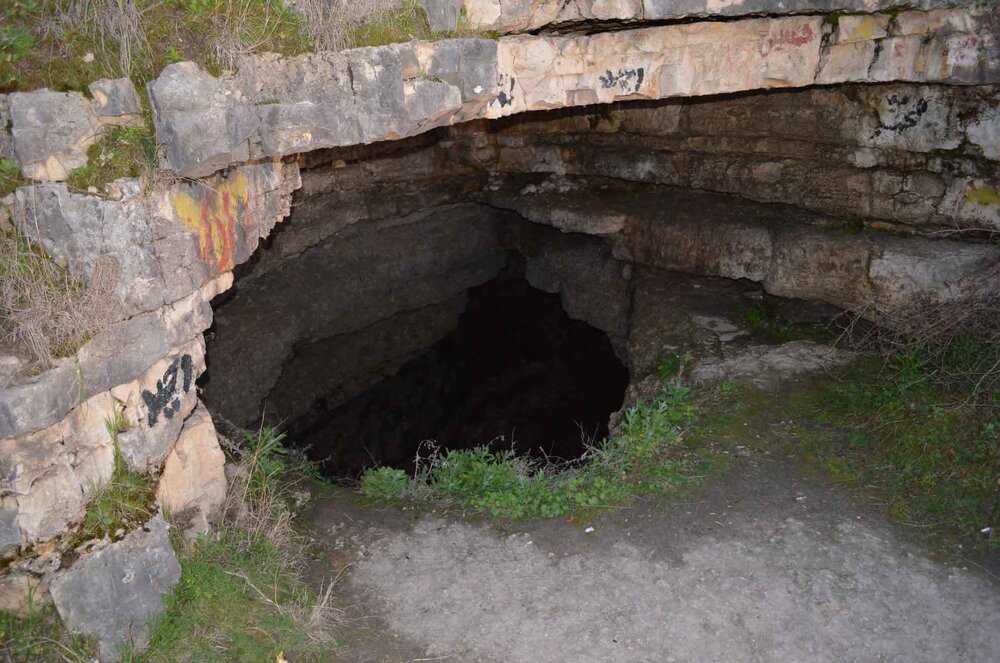Four historical caves identified in northeast Iran

TEHRAN – Four historical caves have recently been discovered in Torbat-e Heydarieh, northeast of the country, CHTN reported.
The caves are estimated to date back to the middle Islamic era, Ali Mohammadi, the head of Torbat-e Heydarieh Cultural Heritage, Tourism, and Handicrafts Department, said on Friday.
According to archaeological studies, Torbat-e Heydarieh is home to several historical caves due to its favorable habitat conditions and traces of habitation from about 40,000 years have been identified in the caves of the region, the official added.
The history of the area stretches back to the Achaemenian Empire from the 6th to 4th century BC and the Parthian Empire from the 3rd century BC to the 3rd century CE.
Exploring a cave may not be on the “to-do list” of travelers in Iran. However, Karaftu, Ali-Sadr and Quri Qaleh, and Katale-Khor are amongst the most visited caves.
Iran is geologically a part of the Alpine-Himalayan organic belt. According to Britannica Encyclopedia, the enigmatic evidence of human presence on the Iranian plateau is as early as Lower Paleolithic times.
The first well-documented evidence of human habitation is in deposits from several excavated cave and rock-shelter sites, located mainly in the Zagros Mountains of western Iran and dated to Middle Paleolithic or Mousterian times (c. 100,000 BC).
ABU/MG
Leave a Comment